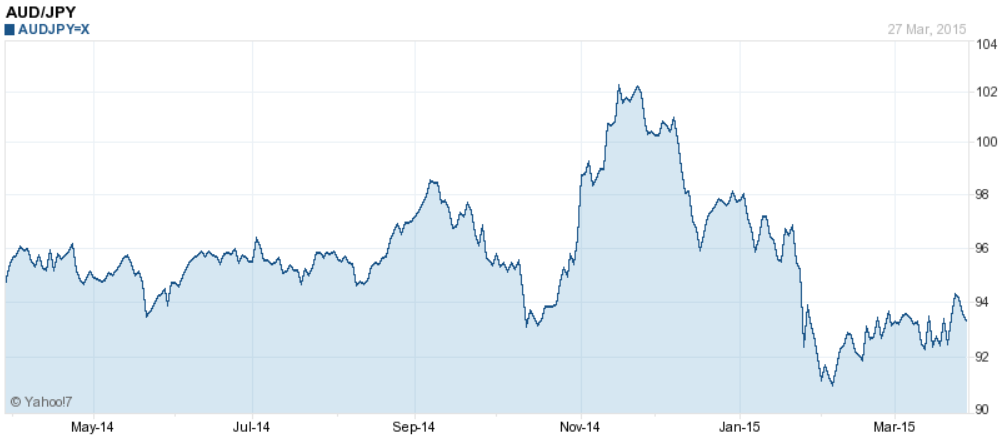26 Mar 2015
The US dollar (USD) has been rising strongly against all other currencies since the second half of last year. The rise accelerated since the beginning of this year for three main reasons:
- the strength of the US economy;
- foreign buying of US assets; and
- expectations of US rate rises.
In the last couple of weeks, the USD has either levelled out or fallen a little against these same currencies. The reason for this was the US Fed’s statement following their most recent meeting, where they laid the path for rate rises, which would have normally put upward pressure in the USD. However, they then indicated they were in no rush to raise rates and rate rise decisions would be data dependent (largely inflation target related). The US Fed is targeting an inflation figure of 2%, whereas the current inflation rate has been declining remaining well below their target.
This means the US Fed is unlikely to raise rates in June, with September firming as the first rate rise. Therefore, we will probably only get two rate rises this year of 0.25% each.
As such, expect the USD to continue to rise from here on in, but at a more measured pace than what we have seen more recently.
Against the Australian dollar (AUD), we have at a recent time seen some upward pressure on the AUD due to the USD falling a little, and also due to foreign buying of AUD assets (equities and property). The RBA is desperate to the get the AUD/USD into the low 70s. We believe they will get their wish in the second half of this year through a combination of the USD rising and the RBA cutting rates once – or possibly two more times – thus further compressing returns on defensive assets.
Expect the AUD/USD to be in the low 70s by year end. It is possible we see 60s by year-end if the US Fed were to raise rates quicker than we think, and/or China implodes, but we think this is unlikely.
As such, we remain of the view that global equities, property and infrastructure should be unhedged. These assets also get somewhat of free-kick from a declining AUD regardless of asset price movement. We’re likely to review this view at an AUD in the low 70s against the USD.
The following charts show the AUD versus the USD, Japanese Yen (JPY), Euro and British Pound (GBP) over the past 12 months to March 2015.




If you wish to review your portfolio or discuss your current financial situation, please don’t hesitate to contact us on 02 9324 8888 or book an appointment now.
